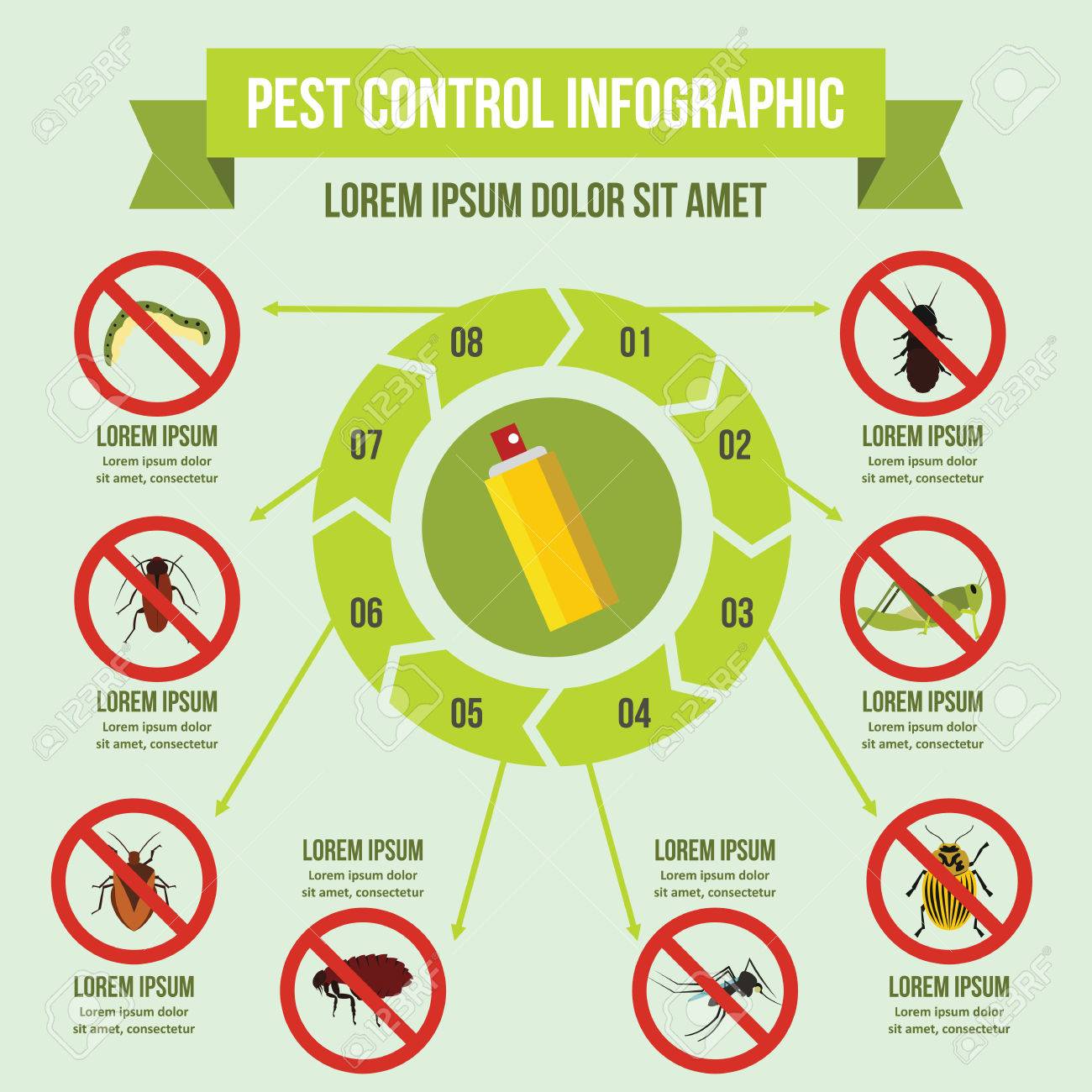Rodent-Proofing Your Attic: Necessary Tips For Homeowners
Rodent-Proofing Your Attic: Necessary Tips For Homeowners
Blog Article
Material Writer-Jenkins Garza
Picture your attic room as a comfy Airbnb for rats, with insulation as cosy as hotel pillows and circuitry much more luring than space service. Now, think of these unwanted visitors throwing a wild event in your house while you're away. As a home owner, guaranteeing your attic is rodent-proof is not practically assurance; it has to do with protecting your residential property and liked ones. So, what easy actions can you take to guard your refuge from these hairy burglars?
Check for Entrance Information
To begin rodent-proofing your attic room, examine for entrance factors. Beginning by very carefully analyzing the outside of your home, searching for any type of openings that rodents can use to access to your attic room. Check for voids around utility lines, vents, and pipelines, in addition to any type of fractures or holes in the structure or home siding. Ensure to pay close attention to areas where different structure materials fulfill, as these are common access points for rodents.
Additionally, inspect the roof covering for any type of harmed or missing roof shingles, along with any kind of gaps around the sides where rats might squeeze via. Inside the attic, seek indications of existing rodent activity such as droppings, chewed wires, or nesting materials. Make crawl space pest control near me of a flashlight to extensively inspect dark edges and hidden spaces.
Seal Cracks and Gaps
Examine your attic room thoroughly for any cracks and gaps that need to be sealed to avoid rodents from entering. Rodents can squeeze with even the smallest openings, so it's critical to seal any type of prospective access points. Inspect around pipelines, vents, cables, and where the walls satisfy the roof. Use a mix of steel woollen and caulking to seal off these openings effectively. Steel wool is an exceptional deterrent as rats can not eat through it. Ensure that all spaces are securely sealed to reject access to undesirable pests.
Do not overlook the importance of securing voids around windows and doors too. Use weather condition removing or door moves to seal these areas successfully. Check the locations where energy lines enter the attic room and seal them off utilizing a suitable sealer. By taking the time to secure all cracks and gaps in your attic, you produce an obstacle that rats will certainly locate hard to breach. Prevention is type in rodent-proofing your attic, so be thorough in your efforts to seal any potential entry points.
Remove Food Sources
Take aggressive actions to get rid of or store all potential food resources in your attic room to discourage rodents from infesting the room. Rats are drawn in to food, so eliminating their food resources is vital in keeping them out of your attic.
Right here's what you can do:
1. ** Store food safely **: Stay clear of leaving any kind of food things in the attic. Store all food in airtight containers made of steel or durable plastic to avoid rodents from accessing them.
2. ** Clean up particles **: Remove any piles of debris, such as old newspapers, cardboard boxes, or wood scraps, that rats can make use of as nesting material or food resources. Maintain the attic room clutter-free to make it much less attractive to rats.
3. ** Dispose of waste properly **: If you use your attic for storage and have trash or waste up there, make sure to take care of it routinely and appropriately. Decaying trash bin attract rats, so maintain the attic clean and without any natural waste.
Conclusion
In conclusion, keep in mind that an ounce of prevention deserves an extra pound of cure when it involves rodent-proofing your attic room.
By making the effort to examine for access factors, seal cracks and spaces, and eliminate food sources, you can maintain unwanted bugs away.
Bear in mind, 'An ounce of avoidance is worth an extra pound of remedy' - Benjamin Franklin.
Stay positive and shield your home from rodent invasions.
